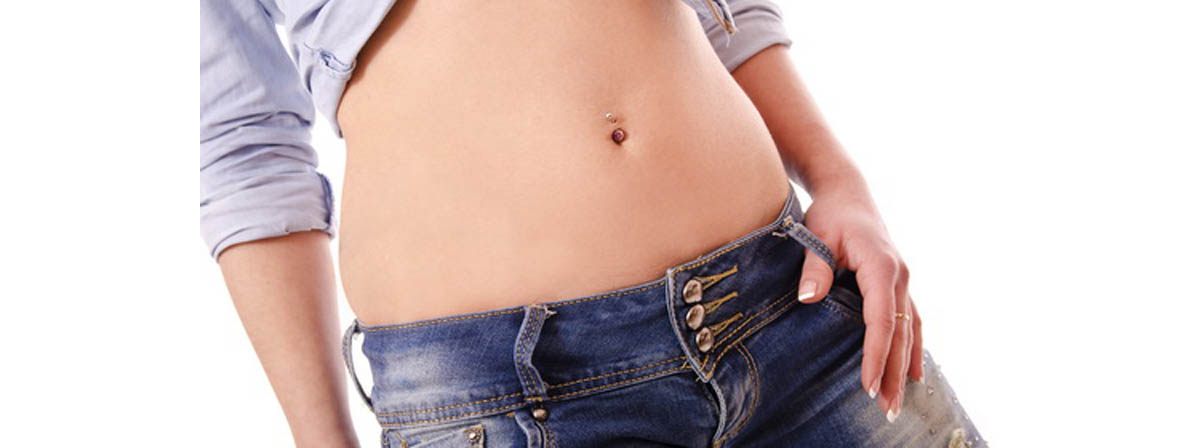Table of Contents
Many young people, including teenagers, still want to get their belly button pierced — those this particular kind of piercing appears to have seen a drop in popularity since the turn of the millennium.
Parents of teenagers are usually against the idea of belly button piercings, and most will not allow it. However, not so many people know how to explain their reasons for being so opposed to allowing their teenage children to get piercings.

The medical risks of a belly button piercing
As a parent, you may be opposed to the idea of your teenager getting a piercing because you are concerned about the medical risks.
A navel piercing can pose a dangerous risk of infection, just like any other piercing can. It is risky because the needles used to pierce the skin can spread infections, including very dangerous ones such as HIV and viral hepatitis. It is essential that any piercing be done by a licensed professional in sterile conditions to minimize the risk of infection that originates from the piercing studio itself. [1]
Even belly button piercings made by responsible professionals can still become infected, however, if the newly pierced person does not follow meticulous aftercare instructions. [2] A hole in the navel can be an open pathway into the abdominal cavity for infection, as the ring constantly catches on clothing. Unless a new piercing is washed, rinsed with saline, and allowed to dry, the risk of infection can be significant.
Other reasons to be opposed to your teenager getting a belly button piercing
Parents may also:
- Feel that a piercing is a permanent and "adult" choice, one their teenager is too young to make.
- See belly button piercings as counter-cultural, and be worried about any judgment their teen or they may fall victim to.
- Think the money their teen may spend on getting a piercing is better used in different ways.
Reputable piercers will never pierce minors without parental consent, unless they are emancipated — so if your teen has found a body piercer who is willing to give them a belly button piercing without your permission, that is in itself a sign that the piercer is not upholding modern standards. This, in turn, raises questions about the sanitary conditions at their studio, too.
Body piercing is still gaining popularity, and belly button piercings are also very much here to stay. Girls of all ages are getting their belly buttons pierced, and some boys, too. What once was considered an alternative venture is now mainstream. With a variety of belly rings on the market, anyone with a belly button piercing will surely find that special gold belly ring, platinum belly chain, diamond navel stud, or whatever unique body piercing jewelry they were after.
READ Pros and Cons of Tongue Piercing
Belly button piercing is the most popular type of piercing, followed by tongue piercing at a close second. [3] A large selection of piercing jewelry is available, including many types of belly rings and navel-piercing body jewelry. There are also many styles of belly rings. Acrylic belly rings, for example, typically have a stainless steel shaft with two acrylic balls that can come unscrewed.
Anyone who is getting a belly button piercing should be informed about the pros and cons, so let's examine that further.
What is a belly button ring?
A belly button ring is an adorning decoration for the navel, typically in a curved barbell or circular shape. Metals for belly button rings include surgical steel, solid 14k gold, silver, niobium, or titanium.
Gold or silver plated metals may break easily or cause irritation to your belly button [4], so it is good to know the risks involved in getting your belly button pierced.
Who should not get their belly button pierced?
If your belly button does not have the skin for the piercing to hold, the ring will likely slip out, instead of lying flat against the navel. Outie (protruded) belly buttons have more surface scar tissue to deal with, but a seasoned body piercer can pierce an outie belly button as well. Most people choose a vertical piercing that enters inside the belly button and exits through the skin above it.
How to take care of a new belly button piercing?
To help with the healing process of your navel button piercing, wash it twice per day. However, over cleansing can interfere with your body’s natural ability to fight off infection. Always sanitize your hands before touching your belly button ring. You can apply a diluted salt solution to your piercing for five minutes to soak off dry material. After that, clean it with soap that contains antibacterial properties, and rotate it through the piercing for approximately one minute. Rinse your piercing thoroughly and make sure no traces of soap are left, and then pat it dry. [5]
How Long Will The Piercing Take To Heal?
A belly button piercing can take up to one and a half years to heal completely, and it can be difficult to treat, which is due to exposure to poorly chlorinated waters. Besides, clothing and sweat can irritate the piercing as well. Factors that can slow the healing process include poor quality jewelry, stress, and illness, lack of proper care, or a poor diet. If not cared and treated properly, a belly button piercing can take up to two years to heal and is an easy target for recurring infections. [6]
- Photo by shutterstock.com

